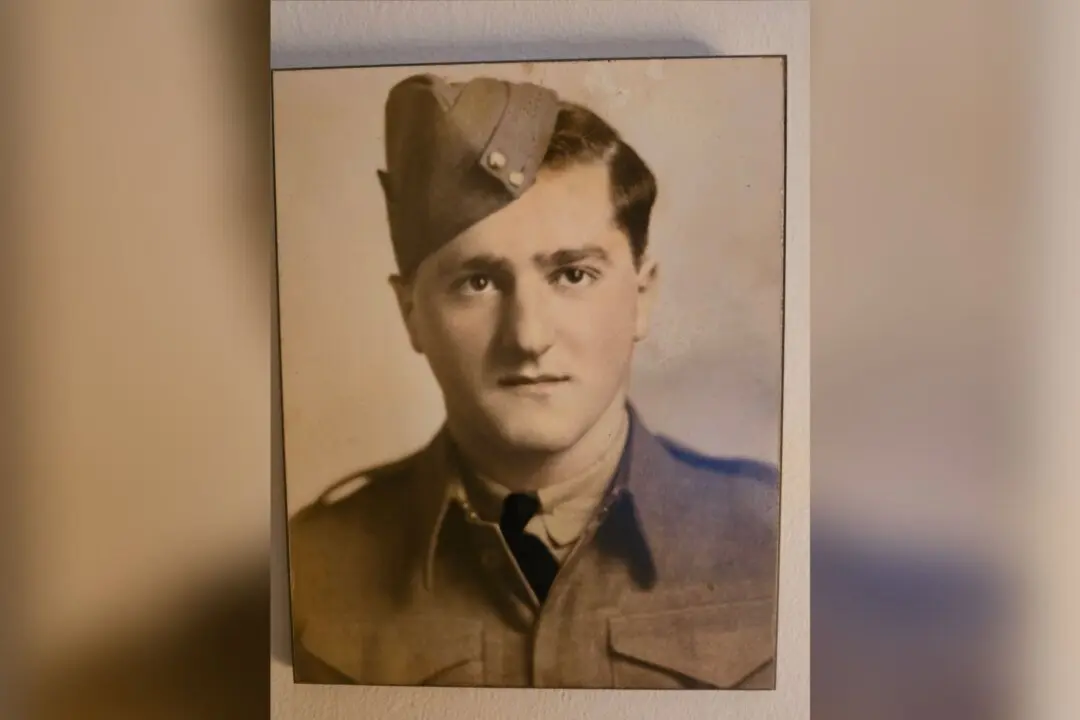The Canadian Armed Forces are preparing to fight an invisible enemy. As many as 24,000 members could be engaged against the CCP virus, doing everything from delivering supplies to helping enforce quarantine orders.
“We will be there. We’re ready to help,” Defence Minister Harjit Sajjan said at a press conference March 30.





